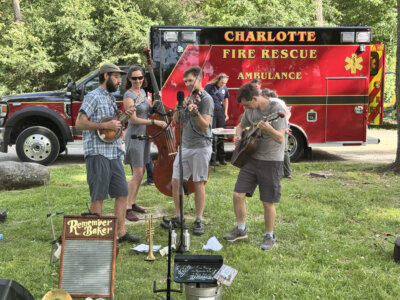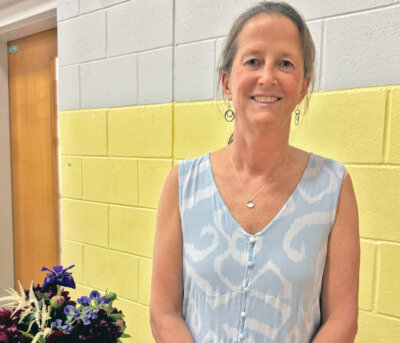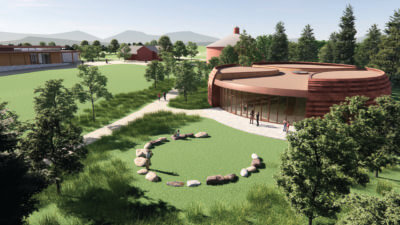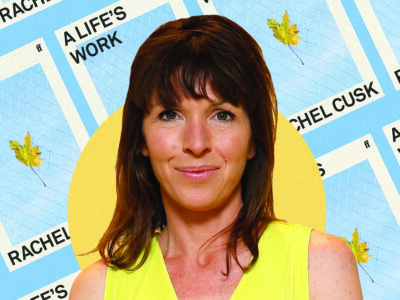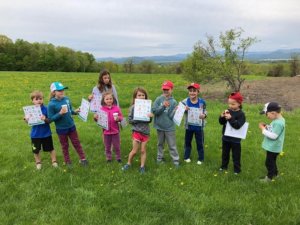Museum plans 40th building for Native American art
Although the Shelburne Museum has been focused on a new building to house Native American art for four years, the seeds of the Perry Center for Native American Art actually go back much farther, back to the museum’s founding in 1947.
“The very first plan for the museum from the 1940s has a Native American gallery on it,” said Thomas Denenberg, John Wilmerding director and CEO of Shelburne Museum.
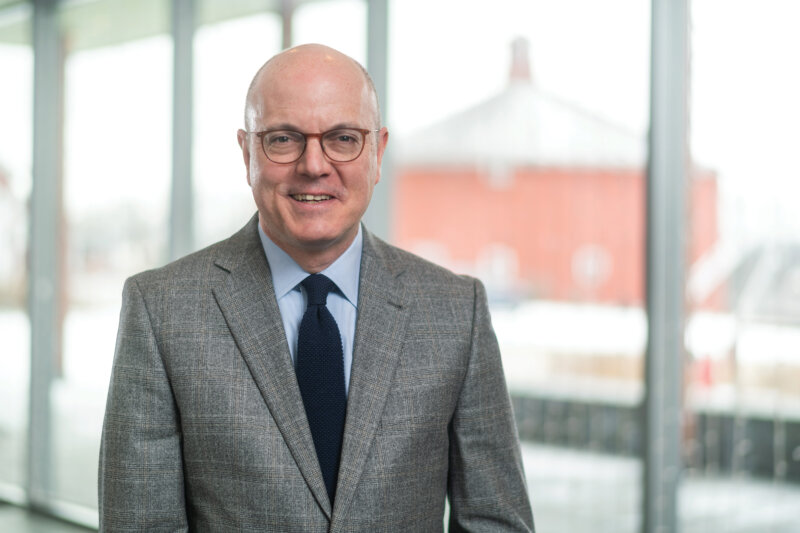
Thomas Denenberg, John Wilmerding director and CEO of the Shelburne Museum.
On Monday, May 8, the Shelburne Museum announced it was building a $12.6 million, 9,750-square-foot facility to house Native American art. This will be the 40th building on the museum’s 45-acre campus, and it will be designed by internationally acclaimed architectural studio Adjaye Associates.
Museum founder Electra Havemeyer Webb purchased some very important baskets from the Pacific Northwest right after World War II. She purchased the baskets from Louis Comfort Tiffany, son of the founder of Tiffany & Company, famous for its jewelry and lamps.
Comfort Tiffany was the company’s first design director at his father’s company, and these Native American baskets had been inspiration for his lamps.
The Tiffany artifacts were exhibited at Shelburne Museum until the 1990s, when it was decided they should be displayed in a way that was more culturally sensitive in an environment suitable for such organic material.
Denenberg said the museum plans to engage contemporary Indigenous artists moving forward, possibly having a gallery space in the new building where contemporary artists respond to the historical collections.
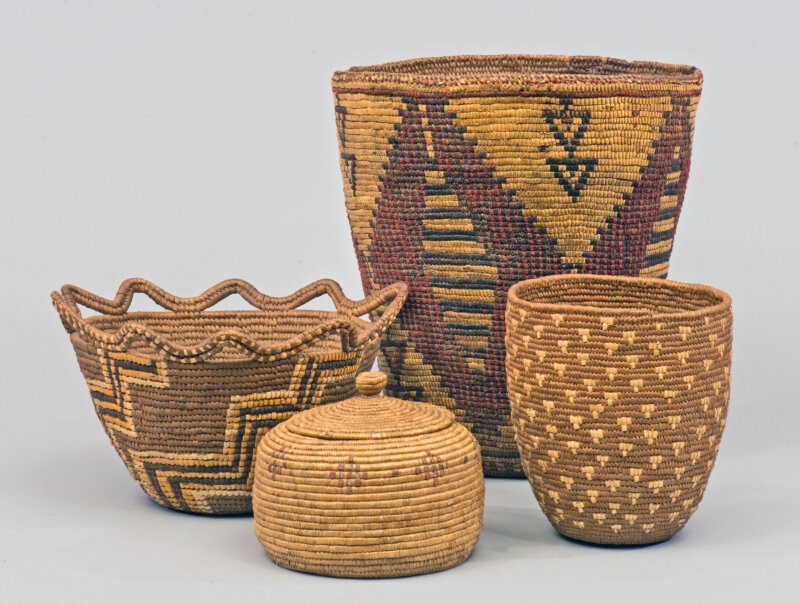
Artists formerly known (Alaska and Northwest Coast), Carrying Basket, Root Digging Bag, Berry Basket and Lidded Basket, late 19th or early 20th century. Collection of Shelburne Museum, gifts of Electra Havemeyer Webb & J. Watson Webb, Jr. 1947-17.1, 6 & 13 and 1973-13.
The name for the new building comes from the significant collection of Native American art donated to the Shelburne Museum by Anthony and Teressa Perry, who lived in Charlotte for years.
The late Anthony Perry owned a number of restaurants across the Northeast, including Sirloin Saloons in Shelburne and Manchester and Sweetwaters and Perry’s Fish House in Burlington. Many of his restaurants had a Western theme, and he raised buffalo in Charlotte.
When the Perry collection is combined with the Indigenous art already in the museum’s collection, around 80 tribes from coast to coast will be represented at the Perry Center for Native American Art. The Perry collection is “very Electra Webb-like,” Denenberg said. For example, with close to 50 pairs of moccasins, it’s very similar to the type of collecting Webb engaged in.
“It’s one of the largest additions to the museum since Electra Webb founded it, by far,” said Denenberg. “I think it’s the right moment to question what do we mean by ‘Americana.’”
Having the new building at the south end of the campus means it will be near the entrance and one of the first exhibits available to entering visitors. He likes the idea of people beginning their visit here.
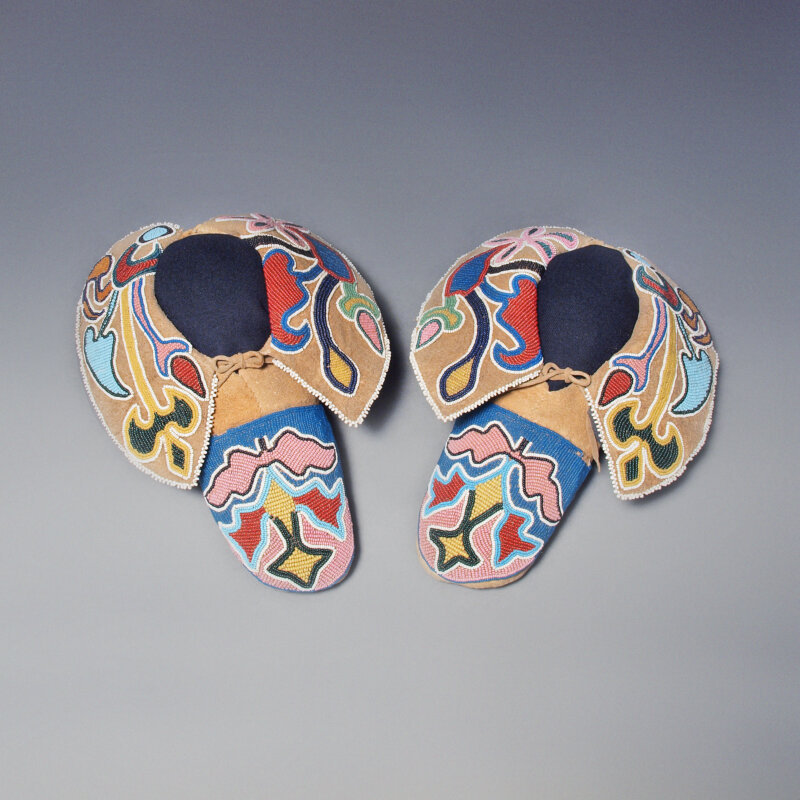
Artist formerly known (Iowa),Moccasins, ca. 1860–70. Perry Collection of Native American Arts. M23.
“It’s a wonderful way of resetting how people view American art, American culture and American history,” Denenberg said.
Although the design plans are still being drawn, he expects it to be “sort of an inside-out building,” so that the landscaping will be integral to the building’s design. Reed Hilderbrand, a Cambridge, Mass., landscape architecture firm has been hired to realize the museum’s vision of landscaping that’s as important as the building.
The museum has consulted with the leadership of the four bands of the state-recognized Abenaki Tribe. Don Stevens of Shelburne, Chief of the Nulhegan Band of the Coosuk – Abenaki Nation, told Denenberg that he was less interested in the building itself than he was interested in the garden that will surround it.
“The relationship of the place to the building is really what’s key,” Denenberg said.
Since long before Europeans arrived, Shelburne has been a point of exchange for Indigenous people from the west side of Lake Champlain. He said, “It’s all kind of part of an ecosystem here, and we want to make sure that that’s really encoded in the building.”
The hiring of Adjaye Associates as architects for the new building is an impressive coup for Shelburne Museum. There are not that many Adjaye-designed buildings in the United States, and this will be the first in New England.
The firm is internationally known for working across cultures. Included in its resume is the design for the National Museum of African American History and Culture for the Smithsonian Institution and an Aboriginal-themed community building and plaza in Sydney, Australia.
“They’re particularly adept at this kind of project,” Denenberg said.
Founder of the firm David Adjaye is a Ghanian-British architect, who was born in 1966 in Tanzania to a Ghanian diplomat. He moved with his family to Britain when he was 9. Adjaye was knighted in 2017.
In a release, Adjaye said, “Our team is inspired by the potential of the Perry Center to not only enhance Shelburne Museum as a destination for education, but also to amplify and empower the Indigenous communities represented by the collection and to reconceptualize the role of a museum facility in the 21st century.”
![Courtesy photo Artist formerly known [Tsitsistas/Suhtai (Cheyenne)],Beaded Pannier, ca.1880. Collection of Shelburne Museum, gift of Ogden M. Pleissner.1961-182.36.1.](https://www.charlottenewsvt.org/wp-content/uploads/2023/05/Artist-formerly-known-Tsitsistas-Suhtai-Cheyenne_Beaded-Pannier_1961-182.36.1-800x639.jpg)
Artist formerly known [Tsitsistas/Suhtai (Cheyenne)],Beaded Pannier, ca.1880. Collection of Shelburne Museum, gift of Ogden M. Pleissner.1961-182.36.1.
The museum has been hearing from teachers who are excited about the ways the new building will increase its value as an educational resource.
The project has received early public and private grant funding support including from the Henry Luce Foundation, state of Vermont, National Endowment for the Arts, Institute of Museum and Library Services and National Endowment for the Humanities, which recently awarded the project a $750,000 Infrastructure and Capacity Building Challenge Grant, the museum’s release said.
It’s exciting to finally be able to share the news, said Leslie Wright, Shelburne Museum’s director of advancement. She expects ground to be broken for the new construction in the fall of 2024.
Related Stories
Popular Stories
If you enjoy The Charlotte News, please consider making a donation. Your gift will help us produce more stories like this. The majority of our budget comes from charitable contributions. Your gift helps sustain The Charlotte News, keeping it a free service for everyone in town. Thank you.
Andrew Zehner, Board Chair



